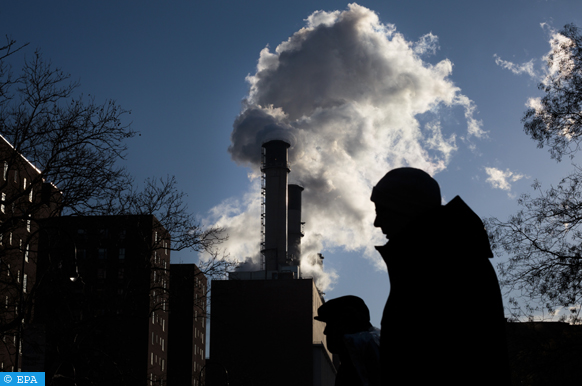Australia Passes Laws Limiting Emissions from Big Polluters
Canberra – Australia’s parliament passed climate laws on Thursday requiring the biggest polluters to reduce their emissions by about 5% annually.
The laws apply to some 215 industrial facilities each producing more than 100,000 tonnes of greenhouse gases a year, requiring them to reduce their emissions by 4.9% a year.
The new laws spearhead Australia’s commitment to achieve net zero emissions by 2050.
Led by mining giants Rio Tinto and BHP, the facilities in question produce nearly 30% of the country’s greenhouse gas emissions, according to the Australian NGO Climate Council.
The government of Labor Prime Minister Anthony Albanese reached an agreement on the safeguard mechanism after several weeks of tough negotiations with the Green Party. The Greens finally agreed to support the carbon plan after persuading the government to set a strict cap on emissions.
Australia, with a population of 26 million, is one of the world’s largest per capita emitters of greenhouse gases. The mining sector represents 14.6% of its GDP, according to its central bank.
The Oceanian country accounts for more than 1% of global emissions and is the 14th largest polluter, according to the Australian government’s scientific research body CSIRO.














